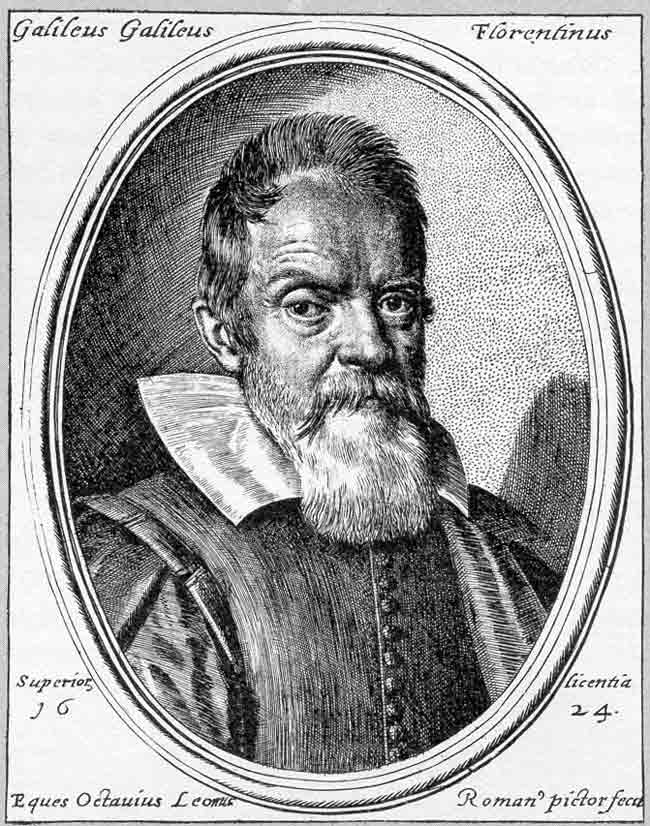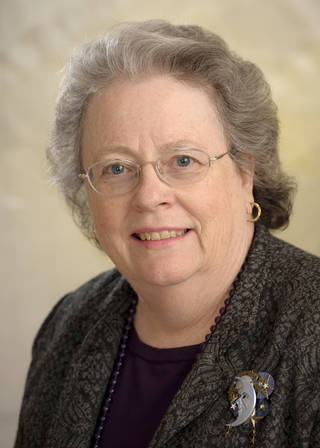400 Years After Galileo: Celebrating the International Year of Astronomy

In early 2009, astronomers inaugurated the celebration of the International Year of Astronomy (IYA).
The IYA vision is to “help the citizens of the world rediscover their place in the Universe through the day and night time sky, and thereby engage a personal sense of wonder and discovery.” The United Nations, several astronomical organizations and many countries declared 2009 as the year for this scientific and cultural celebration.
Why 2009? People have been stargazers since times before written history, but 2009 is a watershed year. It’s the 400th anniversary of the first use of an astronomical telescope by Galileo.
In late August 1609, Galileo Galilei demonstrated his 8-power hand-built telescope to Venetian notables. (Note that the word “telescope” was actually coined in 1611, and that there were several terms such a “looker” used previously.) This won him a lifetime appointment to a university chair and raised his salary from 520 to 1000 florins per year. His built his first 3X telescope sometime in early 1609 after hearing about such “lookers” being built elsewhere in Europe.
Contrary to common knowledge, Galileo didn’t invent the telescope. Most credit Hans Lipperhey (Lippershey), a Dutch lens maker. However, the issue is not settled, and historical research continues on this question.
What we celebrate this year is Galileo’s use of the telescope to observe the Moon, stars and planets, and subsequently promote and publicize his discoveries. There is evidence that James Harriott (English) observed and sketched the Moon prior to Galileo turning his optics toward our nearest neighbor. But Harriott didn’t publish his discoveries widely.
By January 1610, Galileo had constructed a 30X (or 33X—depends upon the reference description) telescope, and discovered 4 of Jupiter’s moons.
Get the Space.com Newsletter
Breaking space news, the latest updates on rocket launches, skywatching events and more!
Just seven months after he demonstrated his telescope to the Venetian nobles, Galileo published “Sidereus Nuncius” (The Starry Messenger) in March 1610. Like today, the first to publish a discovery gets the credit.
Galileo dedicated “Sidereus Nuncius” to his patron, Cosimo de Medici II, fourth grand duke of Tuscany and named the four Jovian moons the Medicean stars. Today, of course, they are referred to as the Galilean moons or satellites. Appropriately, Galileo, not his patron, is honored in astronomy by his discovery.
Earlier this week, I picked up my “Observer’s Handbook 2009” (The Royal Astronomical Society of Canada) to check on the visibility of the Galilean satellites. Jupiter is shining brightly in the evening sky these days. I thought I try out my inexpensive Galileoscope tonight.
Galileo discovered Jupiter's moons with a 30 power telescope that had all sorts of chromatic aberration (color smearing). Most backyard astronomers can pick out these moons easily. I look forward to picking out Galileo’s Medicean stars tonight in their dance about Jupiter. I recommend a bit of stargazing, with or without a “looker,” as we all celebrate what humans have learned in the past 400 years looking up through telescopes.
Join our Space Forums to keep talking space on the latest missions, night sky and more! And if you have a news tip, correction or comment, let us know at: community@space.com.

Edna DeVore is a science and astronomy educator and the former Director of Education and Public Outreach for the SETI Institute. She earned an undergraduate degree from the University of Pacific followed by a master's degree in instructional technology from San Jose State and a master's in astronomy from the University of Arizona. In 1992, Edna joined the SETI Institute, where she wrote features on space exploration, astrobiology and more, some of which appeared on Space.com. She was among the first principal investigators to propose projects to NASA's Office of Space Science and receive funding for educational programs. Edna went on to work on education and public outreach for NASA's Kepler space telescope and SOFIA flying telescope missions. Edna received numerous awards during her tenure at SETI, including NASA Honor Awards for her work on Kepler and SOFIA, and Aerospace Awareness Award for Women in Aerospace in 2005. Edna retired in 2013.









